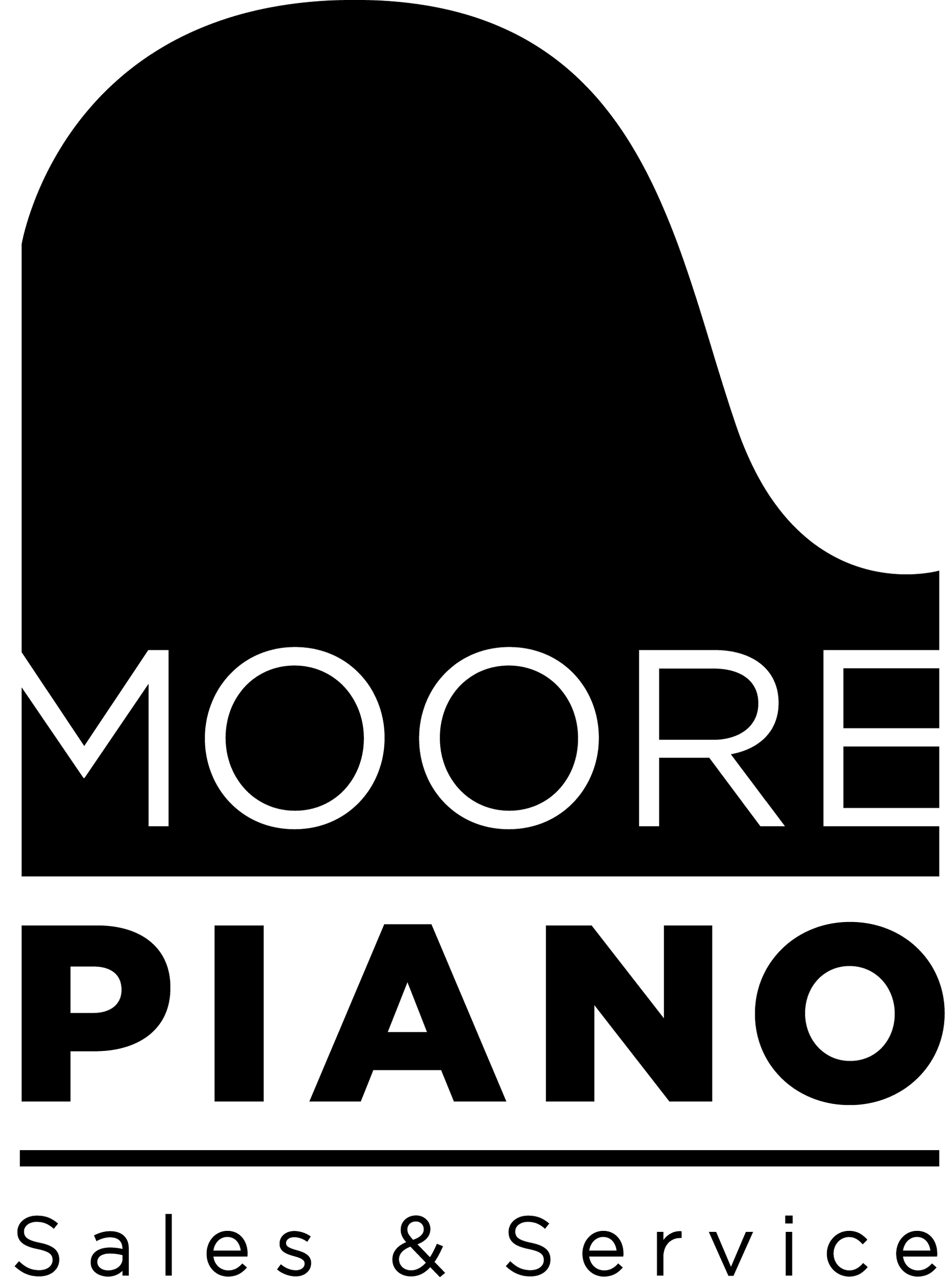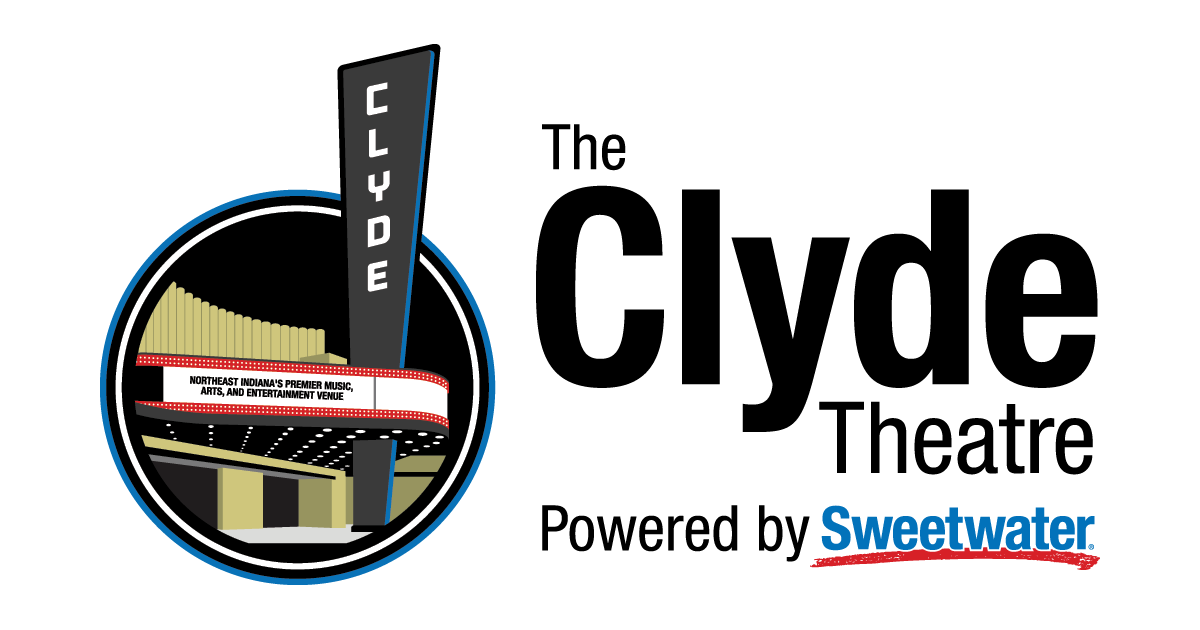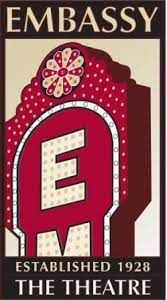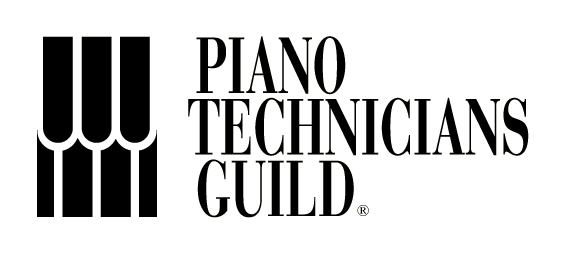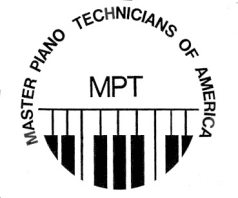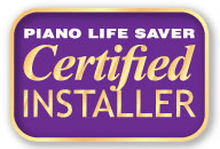Unmatched Piano Restoration in NE Indiana & NW Ohio
Restoring old pianos to their original glory.
⭑⭑⭑⭑⭑
"We could not be more satisfied with our experience with Moore Piano!"
✔ Contact Us
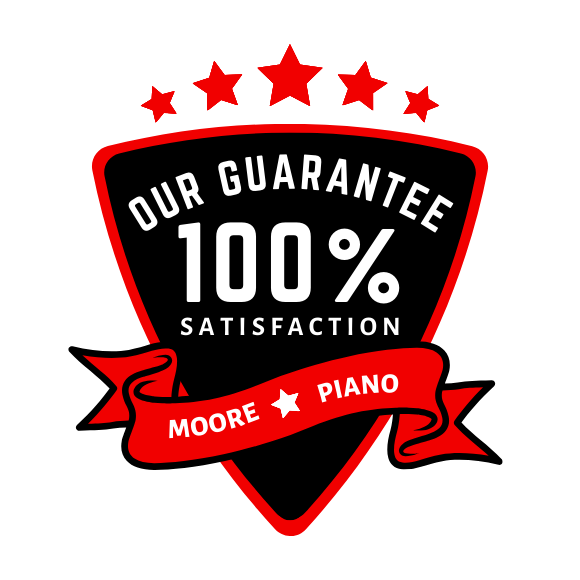
Trusted Piano Restoration
Our Piano Restoration Service
As pianos age, the parts inside the piano and the finish will start to wear out. Moore Piano’s piano restoration service can take your antique piano and rebuild/replace the internal components, making your piano play and sound better than when it was new!
We can also apply either a traditional finish (like your piano would have had when it was new) or apply a new, longer-lasting finish that is easier to maintain.
Our Piano Restoration Features
New Keytops for Pianos
While new Ivory Keytops are no longer available in the U.S., we can still install new tops and fronts.
There are several varieties available from synthetic ivory to the German plastic keys we see on newer pianos today.
Sound Board Cracks
The sound board of a piano is what the strings vibrate against to amplify their sound. Over time, a sound board can become cracked, which basically creates the equivalent of two sound boards which move separately with changes in humidity. While a piano can still be tuned when it has a cracked sound board, it is certainly not ideal.
During the piano restoration process, we will permanently fix any issues with the sound board with spruce shims or epoxies.
Action Rebuild for Pianos
The wood and the wool felt on pianos is subject to age and decay. This can cause parts to be fragile and break during play, or for the piano to make a lot of extraneous noise (clicking or thumping) during play.
Action rebuilding is the process of replacing brittle parts with new parts in order to make them function as originally intended.
New Piano Strings
Steel plain wire treble strings become brittle with age. They break often and have a very tinny sound to them.
Bass strings become dead and brittle with age. The copper or iron windings get packed with dirt, and sometimes rust and corrosion can cause the windings to seize to the steel core wire.
Replacing your strings during the piano refurbishment and rebuilding process will give your piano a new life and sound that you never thought you’d get from it!
Multiple Piano Refinishing Options
Pianos can have several different types of finish. The type of finish used on a piano often is related to its age, since different styles have been popular throughout the past century.
Pianos in the early 1900’s often had a shellac finish, while in the 20’s-30’s lacquer was more popular. More recently, polyurethane finish has been introduced as another option.
Shellac Finish
Shellac is a natural substance from the lac bug. Being a biological substance, it continues to age. Early 1900s pianos often have an alligator soft finish to them which almost looks black. The beautiful wood underneath doesn’t even show through, so they need to be refinished to get rid of the alligator finish.
Lacquer Finish
Lacquer also tends to age, since nitro cellulose lacquer is basically cotton fibers dissolved in lacquer thinner. As it ages, it gets brittle and will flake off and take the color with it, especially if it is exposed to the sun. Lacquer can also be brought back to looking brand new just with a simple refinishing.
Polyurethane Finish
Another type of wood finish used on pianos is polyurethane, which is basically a plastic that takes the form of a liquid until it dries.
It is available in oil-based and water-based options. Water-based polyurethane has less odor and toxicity, and doesn’t add the slight color that oil-based polyurethane can. However, it doesn’t hold up well to cleaning chemicals or heat.
Oil-based polyurethane can bring out the richness of wood and handles heat better than water-based polyurethane.
Piano Polishing
It’s all in the details! After refinishing a piano, we end by polishing the pedals and other hardware on the piano.
We will also teach you how to care for your piano’s finish and get you any special products you need to maintain it.
“My grandmother’s 1970 piano had never been tuned and was so terrible that you couldn’t even play a tune at all. Moore’s Piano service went above and beyond and now the piano doesn’t even sound like the same instrument! It sounds fantastic! Thanks for your wonderful service.” — Alison Corbrey
FREQUENTLY ASKED QUESTIONS
About Piano Restoration in NE Indiana & NW Ohio
What is the difference between piano restoration and piano repair?
Piano repair is simply the process of getting a broken piano back to working condition. Piano restoration, on the other hand, is a much more extensive process that is intended to get a piano back to like-new condition (or in some cases, even better).
Do I need to bring my piano to your shop for a restoration?
No, we will transport your piano to and from our shop at no additional charge. However, we will only pick it up from the ground floor of your building, so if it is located elsewhere in the building it must be moved to the ground floor before arranging pickup.
In some cases, we will also transport a piano to our shop for hammer replacement and re-stringing, even though it is not a full restoration. We’ll do this in circumstances where it would be cheaper for the customer to have us do it in the shop instead of making multiple trips to their location.
Does exposure to the sun damage pianos?
Exposure to the sun can harm pianos in several ways. For one thing, if it is bad enough it could change the tuning of the piano, since the sun will heat up the inside of the piano.
However, the main way that the sun damages a piano is typically by damaging the finish.
We recommend that if your piano is near a window, you either have sheers on the window or have a UV film applied that reduces the amount of UV rays and the heat coming in from a window.
Can you also restore my piano bench?
We can most definitely restore your piano bench. They’re almost infinitely rebuildable and they’re very, very expensive to buy new, so we hate to see people throw away an old piano bench.
We can make new legs for your piano bench, and cracked wood can be glued back together and clamped. The bench can be refinished and re-upholstered as well.
